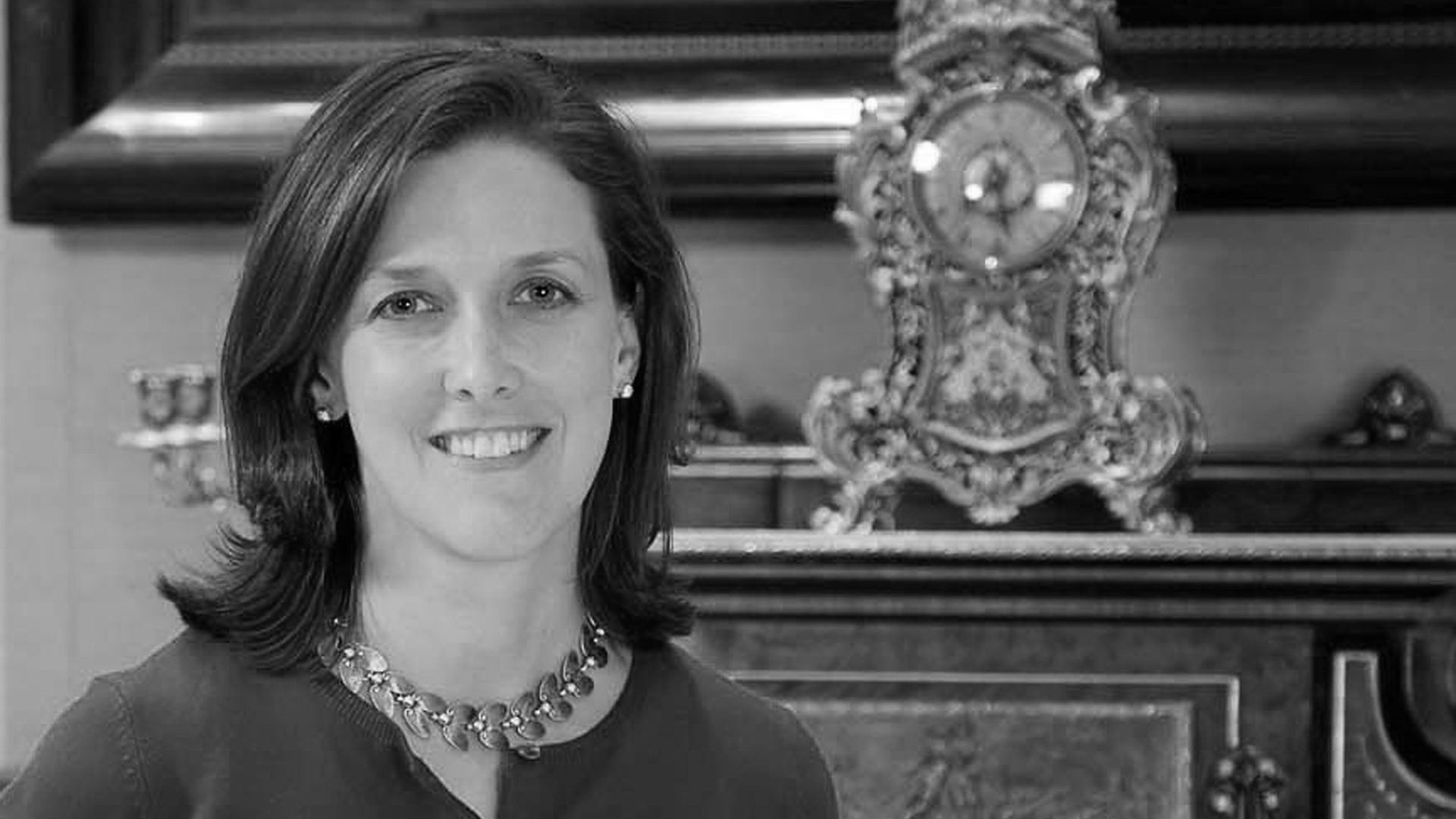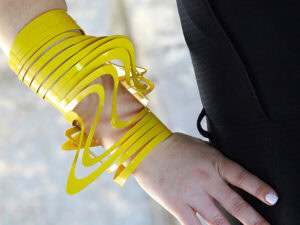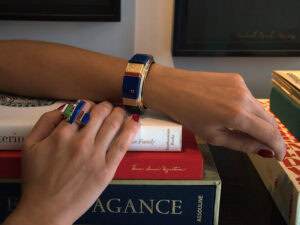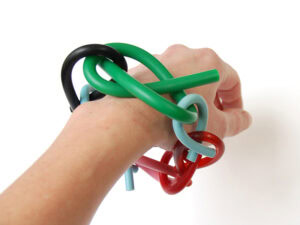Reprinted with permission from Kelly H L’Ecuyer et al, Jewelry by Artists: In the Studio, 1940-2000 (Boston: MFA Publications, 2010).
Reprinted with permission from Kelly H L’Ecuyer et al, Jewelry by Artists: In the Studio, 1940-2000 (Boston: MFA Publications, 2010).
For decades, Daphne Farago has collected art with natural curiosity, intellect and passion. Born in South Africa to a family she described as ‘more interested in politics than art,’ she was nonetheless aware of and attracted to the African art that was all around her. She spent her young adult years in Europe, aiding refugees in the aftermath of World War II and eventually moved with her husband, Peter, to Providence, Rhode Island, where they raised a family. Drawn to things that were handmade and that revealed the individuality of the maker, she assembled a major collection of American folk art, including painted furniture, decorated stoneware, weather vanes, quilts, needlework and sculpture. Mrs Farago’s early exposure to African objects and interest in contemporary art guided her eye. She preferred three-dimensional objects to paintings or works on paper and she translated her appreciation for African art to collecting early American objects with a ‘one-of-a-kind, somewhat primitive air to them.’
The transition from collecting folk art to contemporary craft was a natural progression. After Mrs Farago sold her folk art collection in 1991 to benefit the Museum of Art at the Rhode Island School of Design, where the Daphne Farago Wing for contemporary art was built in 1993, she turned her full attention to collecting handmade contemporary decorative arts. She focused on three areas: studio craft (including furniture, glass, ceramics, and turned wood) fiber art and jewelry. This diverse array of objects and materials is unified by characteristics in common with Mrs Farago’s folk collection. Many of the objects have simple forms (spheres and fruitlike shapes are favorites) and bold colors, reflect sensitive and intelligent handling of materials and convey the individuality, imagination and, at times, sense of humor of their makers.
Mrs Farago began to collect studio jewelry in the late 1980s, captivated by the physical beauty of the objects and convinced of their artistic importance. She has said that she always sought excellence and works that give her ‘joy.’ This sense of pleasure and personal connection to the work were her foremost criteria because she wore the jewelry as part of her daily life, sharing the work of these artists with others. Because she believed that wearing jewelry made it a kind of public art, she tended to acquire works that were comfortable on the body, at least for short periods. She generally avoided objects that veered into performance art, like some of the more radical experiments of the 1970s. This is not to say she rejected provocative jewelry – she collected daring pieces like Jan Yager’s American Collar II, a necklace made from crack vials – but a meaningful relationship between the jewelry and the wearer was important to her.
Quite early on, Mrs Farago decided that she wanted to form a collection that a museum would want and she acquired objects with the intense focus of a professional curator. She educated herself thoroughly, sought advice from expert dealers and scholars in the field, amassed an outstanding library of jewelry publications and kept meticulous records of her purchases. She initially chose to emphasize American jewelry and to collect in depth the work of a handful of artists, including Art Smith, Sam Kramer, Bruce Metcalf, Mary Lee Hu and Robert Ebendorf. As she continued to learn about the field – looking at new work, visiting galleries and museums and corresponding with artists – she broadened her reach to include European artists whose jewelry reveals the exchange of ideas between American and European artists in the late twentieth century. The collection reflects Mrs Farago’s point of view and areas of emphasis and at the same time provides an exceptionally comprehensive and thoughtful survey of the field of studio jewelry in the twentieth century. It is the first collection of its kind – gathered by a single collector and donated to a museum – that traces the entire history of American studio jewelry from its origins in the 1940s until the turn of the twenty-first century. With this extraordinary gift to the Boston Museum of Fine Arts, Mrs Farago acted with foresight and generosity to ensure that her passion for jewelry will be shared with a wide audience for generations to come.




